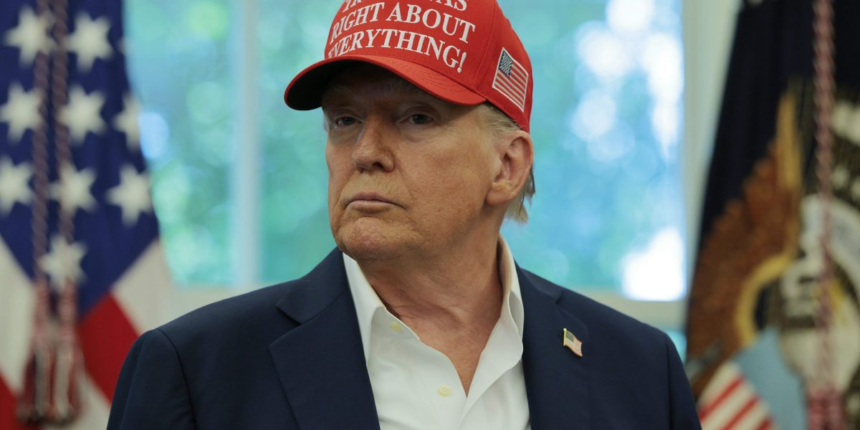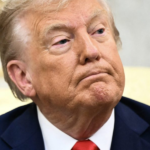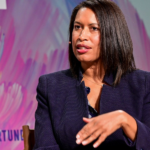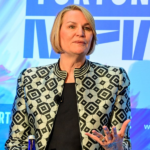Markets are shuddering this morning after President Trump announced his plan to fire another member of the Federal Open Market Committee (FOMC). While some supporters may argue the case for accountability among Fed voting members, many on Wall Street are chalking this up to further meddling by the White House.
Cook hit back at the questions, saying in a statement: “I have no intention of being bullied to step down from my position because of some questions raised in a tweet.”
However, she added, “I do intend to take any questions about my financial history seriously as a member of the Federal Reserve, and so I am gathering the accurate information to answer any legitimate questions and provide the facts.”
To remove Cook from her seat is to present the White House with an opportunity: to replace her with a more dovish economist, open to President Trump’s way of thinking on monetary policy.
Cook—first appointed by President Biden—has so far backed the majority of the FOMC in the decision to hold the base rate at its current level of 4.25% to 4.5%, a move which has infuriated the White House. Indeed, it has angered Trump so much that he has threatened to fire Jerome Powell for his “too late” approach to the base rate.
The battle between the White House and the Fed (arguably one-sided, as the Fed tries to steer well clear of politics) means many analysts position the latest action from Trump as further intervention into the central bank—the autonomy of which is highly valued by financial institutions around the world.
The legality of the firing remains questionable, UBS’s Paul Donovan told clients this morning, adding: “The attempt is completely unprecedented. In the context of recent comments from Trump, whether or not the president believes the action to be justified is irrelevant. Investors cannot but conclude that this is a planned assault of the independence of the Federal Reserve.”
There are obstacles to the firing, Donovan points out, in that Trump has already appointed the majority of Fed governors including its chair, and the “Fed’s policy has been independent, until now.”
Moreover: “If the dismissal holds up in the courts, the Senate does have to confirm a successor. The FOMC contains regional Fed presidents who can strive for an independent policy, and faith in these checks may limit the negative market reaction in the near term. But it does seem that the Fed has become the next target in scapegoat economics.”
“With Trump’s move seen as further escalating the U.S. administration’s attempts to exert influence over the Fed, the dollar saw a knee-jerk drop of nearly –0.4% on the news,” wrote Deutsche Bank’s Jim Reid this morning. That being said, the decline largely reversed in the hours following.
Skanda Amarnath, the executive director of Employ America and a former Fed economist, told Fortune: “Wrecking institutions with unlawful behavior and pathetic power grabs come with costs to Americans. The dollar continues to weaken as American governance continues to erode. That means higher prices for all commodities. Chair Powell must ensure that Lisa Cook is not removed as a result of these arbitrary and capricious actions from the president.”
At the other end of the spectrum, Wharton professor emeritus Jeremy Siegel sees the debate over Cook’s position as a shorter-term headline as opposed to a more important economic fundamental: the path of America’s monetary policy in the longer term.
“Trump’s influence may loom large in public discourse, but operationally, the Fed has already turned the corner. The more important question is whether Powell will cut fast enough to satisfy political demands. A negative jobs print could accelerate the pace.”









